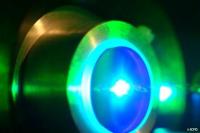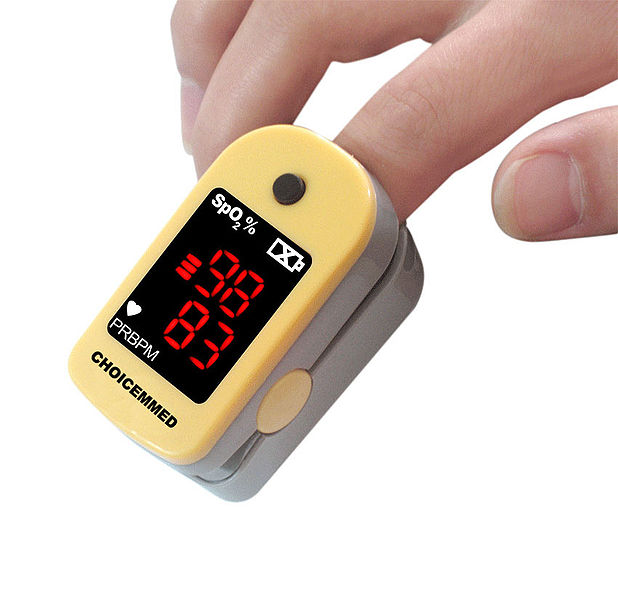OF THE
TIMES
He should fear that the US/UK/NATO and the other western morons might use nuclear weapons. The biggest threat is in Washington. It has far too...
Not one of Musk's better decisions. He should have resisted the pressure to let the Ukrainians use it for military purposes.
Maybe the time has come for the fungus-filled humanoids to get disinfected by the fires? That would be one wicked (in size) drastic cull.
Did all these guys get the super charged CV 19 gene editing jab and now they live in crazy ville. Time for a Putin blitzkrieg... But I will pose...
Fascinating. Sadly the blood viscosity regulation is upset in persons receiving the mRNA shots. Just another pathway to genocide. Those evil...
To submit an article for publication, see our Submission Guidelines
Reader comments do not necessarily reflect the views of the volunteers, editors, and directors of SOTT.net or the Quantum Future Group.
Some icons on this site were created by: Afterglow, Aha-Soft, AntialiasFactory, artdesigner.lv, Artura, DailyOverview, Everaldo, GraphicsFuel, IconFactory, Iconka, IconShock, Icons-Land, i-love-icons, KDE-look.org, Klukeart, mugenb16, Map Icons Collection, PetshopBoxStudio, VisualPharm, wbeiruti, WebIconset
Powered by PikaJS 🐁 and In·Site
Original content © 2002-2024 by Sott.net/Signs of the Times. See: FAIR USE NOTICE


For those not so attuned?